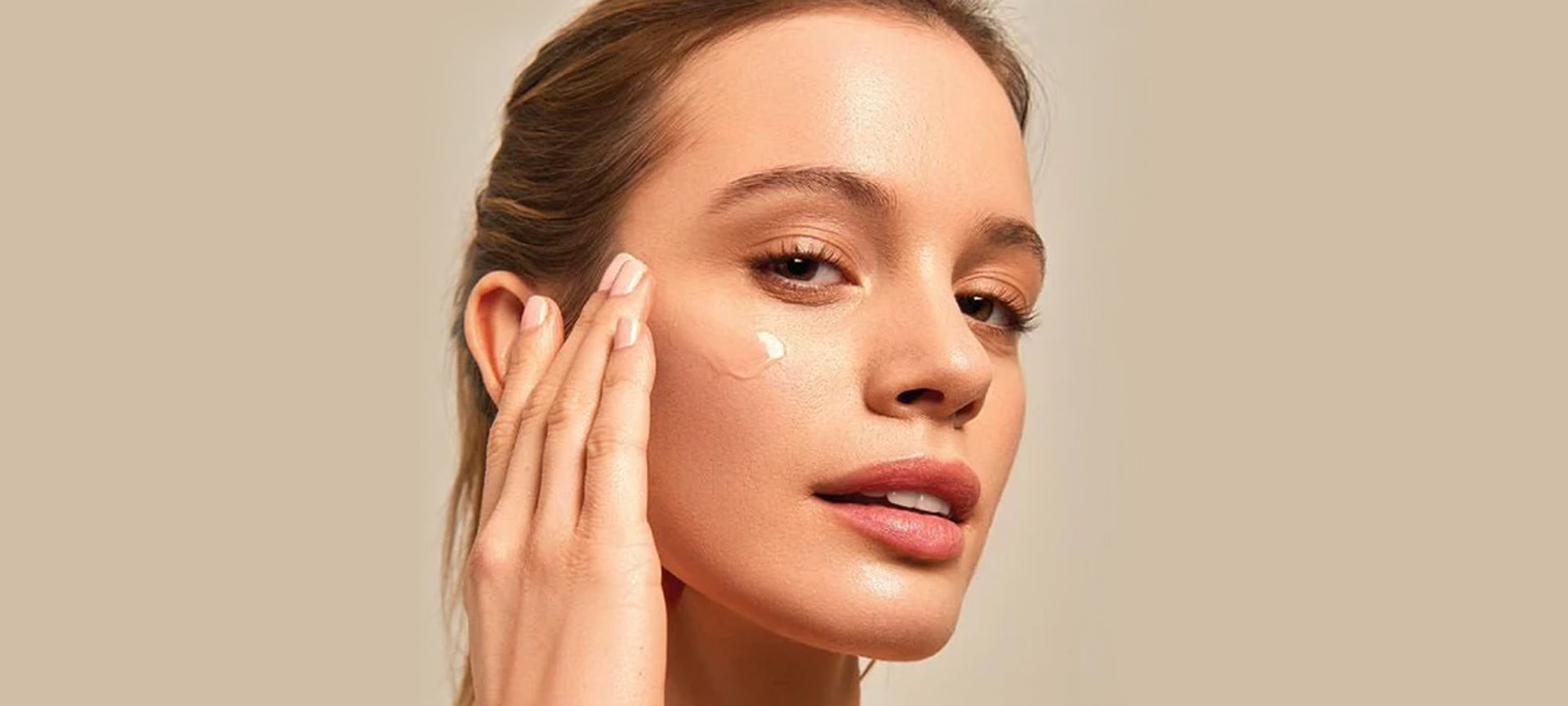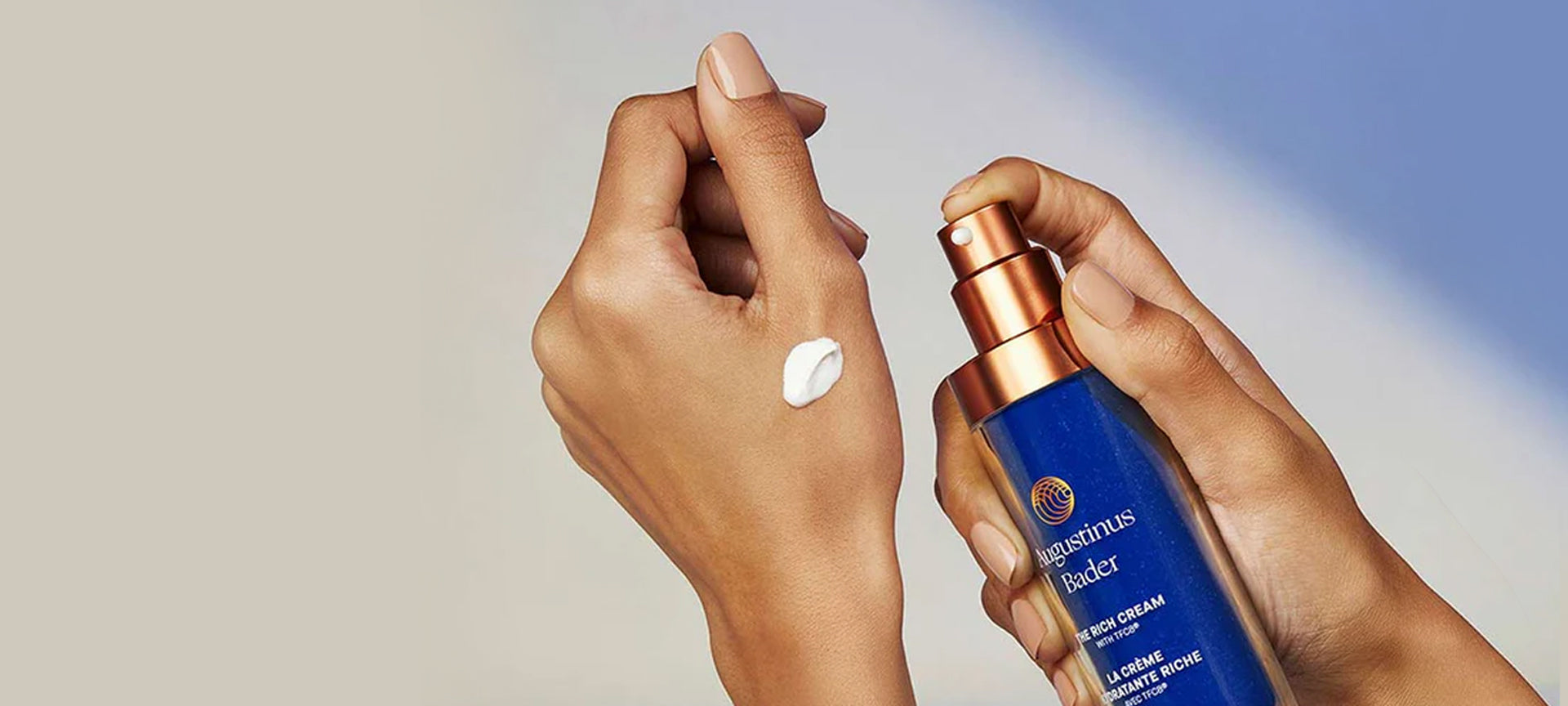
Is Your Skincare Nasty Or Nice?

Image courtesy: Pinterest
With the advances that modern skincare has made, isn’t it only natural that the ingredients be equally advanced (read: clean, consciously sourced and 100% transparent) as well?
Think again.
While a lot of the new-age beauty brands boast of coveted ingredients (and you can find a lot of those right here on The Secret Skin!), there are others that are not as covetable. Think PEGs, parabens (known to cause everything from infertility to cancer) and everything in between - aka all kinds of nasty. But does that mean that synthetic always equals to harmful? As you’ll come to understand - not quite. There are plenty of ingredients that are synthetically produced but which you can incorporate into your routine for that dewy, plump and healthy skin of your dreams - aka all things nice.
But how do you know what these ingredients actually are? Enter: The Nasty or Nice list. Below, you’ll find some of the most popular skincare ingredients and a quick breakdown of each that will help you to understand exactly what makes them naughty (or nice!)
PARABENS

Parabens have long since earned a bad rep for all the harmful effects that their use can have on the skin and to your body (infertility and a risk of breast cancer being a couple of them). Before we dive into the details though, let’s find out what parabens actually are.
WHAT:
Parabens are a group of preservatives that are commonly found in skincare products and primarily used to prolong the shelf life of the product and inhibit the growth of bacteria that is otherwise inevitable for any water based product. Some of the most common parabens to look out for? Butylparaben, methylparaben and propylparaben.
WHY:
Parabens are believed to be harmful not just for your skin but for your overall health and well-being since it mimics the effect of estrogen that has been linked to cancer and infertility as well as leads to developmental issues in children. A British study in 2004 by the scientist Philippa Dabre that uncovered parabens in the breast cancer tissue in 19 out of the 20 women studied led to speculation that parabens can cause breast cancer since most skincare products get absorbed through the skin and into our bodily tissues. And while the study didn’t provide conclusive evidence that linked parabens to breast cancer, it did prove that parabens can pass into the body through the skin barrier. Dabra’s study does seem to have inconsistencies since it didn’t study normal tissue for parabens but the theoretical risk still raises concern for potential consumers.
With all that being said, the FDA has not yet banned parabens in the US (since there is no conclusive study that backs these claims) and the EU has regulated that parabens in their current form are officially safe to use since most skincare products contain a very small percentage of parabens in their formulations (about 0.4%).
OUR VERDICT:
Parabens make it to our nasty list because of the potential risk that they pose, not just to our skin but to our overall health and wellbeing in the long run.
HYALURONIC ACID

A skincare staple - and for good reason. Allure's Readers' Choice Awards survey shows it's one of the most-demand ingredients of skin-care products and its benefits go far beyond just hydrating the skin. But before we get into those, let us first understand what exactly hyaluronic acid is.
WHAT:
Hyaluronic acid is a sugar molecule that naturally occurs in the skin and helps bind collagen to water, resulting in skin that appears dewy, plump and hydrated. It is an important ingredient to incorporate into our skincare rituals especially since we tend to naturally lose collagen and hyaluronic acid as we age, making skin appear dry and dehydrated. Hyaluronic acid is especially great when applied topically since it penetrates so easily into the skin which is the largest organ in the body and absorbs up to 60% of the nutrients that we apply onto it.
WHY:
Hyaluronic acid is safe for everyone to use since it does not irritate the skin or trigger allergies, acne or rosacea. It is especially useful when applied topically for those with dry and/or more mature skin because as we age, our skin tends to get drier and starts producing less hyaluronic acid naturally. It also has little to no side effects (although we do recommend checking with your dermat if you spot any potential side effects after using hyaluronic acid!) since it is naturally found in the body.
OUR VERDICT:
As nice as it can get! Hyaluronic acid is one of the best ingredients that you can use for skin that looks and feels - quite literally - plump and dewy. And while everyone can use it, we especially recommend it if you have extremely dry skin or are looking for a holy grail ingredient that will be your skin’s best friend through the years.
MINERAL OIL

The skincare community remains divided over this ingredient, but let’s take a minute to understand what mineral oil is and if it does have any benefits (or lack thereof) to your skin.
WHAT:
Mineral oil is found in a lot of skincare products and is considered safe to use by a lot of prominent skincare and wellness specialists because of its softening, smoothing and hydrating properties. Over the years, however, mineral oil has earned a bad rep - primarily because of the risk of carcinogens, however, most specialists agree that it is only if the oil is not refined properly.
WHY:
Mineral oil helps create a seal over the surface of the skin and helps trap in moisture because of its occlusive nature. It also helps prevent environmental damage to the skin and is actually one of the best ingredients to help treat eczema. If your skin is prone to blackheads, whiteheads and congestion, however, we recommend sitting this one out. Mineral oil’s occlusive properties means that your skin might clog up, leading to acne flare-ups. Moreover, it is not the most environmentally friendly option either since it is derived from petroleum, making it a hard pass for the conscious and clean beauty brands today.
OUR VERDICT:
While most doctors and skin care specialists will agree that mineral oil is safe to use, we would slot this into the nasty list because of the potential risks that it poses to your skin. Instead, we recommend that you opt for a botanical oil (such as jojoba, argan and sweet almond oils) instead since they are biomimetic in nature, which means that they have a similar structure to the sebum of the skin - ensuring that the skin accepts it instead of reacting to it.
GLYCERINE

When it comes to hydrated, dewy skin, think of glycerine as hyaluronic acid’s lesser known but equally effective sister. Found in almost all skincare products (maybe even some that you already use!), it is your best bet for nourished, radiant skin and below, we’re uncovering just what makes it so nice.
WHAT:
Glycerine is a humectant (that naturally occurs in the body and is also synthetically derived from plants), which means that it attracts moisture from the air into the top layer of the skin and because of it’s low molecular weight (approximately 92g/mol), will continue to draw in moisture to the deeper layers. Glycerine is one of the few skincare ingredients that penetrates into the deepest layers of the skin, helping hydrate, nourish and moisturize your skin from the inside out.
WHY:
Glycerine is a highly effective moisturizer which means that if you’re looking for an option to soothe and nourish dry, dehydrated skin, look for a moisturizer that contains glycerine (chances are that you already use one!). It also protects the skin and helps prevent moisture loss, locking in the benefits that your oil or serum (that are both absorbed by the skin) gives you and adding a protective seal on the top.
OUR VERDICT:
100% nice! Glycerine makes it to our nice list since it works so well on all skin types and has little to no side effects.
PEGs

PEGs aka Polyethylene Glycol: hard to pronounce, harder to understand and smarter to steer clear of. Wondering why? Let’s find out.
WHAT:
PEGs or Polyethylene Glycols are a mixture of compounds that are found in many cosmetic as well as personal care products (Polyethylene is one of the cheapest forms of plastic and when combined with glycol, turns into a thick, sticky liquid that finds its way into a lot of different products). PEGs are always followed by a number such as PEG-100, where the number denotes the weight of the molecule; most products use PEGs with smaller molecular weights and the lower the weight of the molecule, the easier it is for the product to penetrate into the skin.
WHY:
PEGs work in three ways: as an emollient, as an emulsifier and as a vehicle to deliver other ingredients into the deeper layers of the skin. You should typically avoid PEGs at any cost, but especially if you have broken or irritated skin since it can compromise your skin barrier. Because of its ability to penetrate deeply into the skin, there is a high risk that it might also introduce other undesirable ingredients into the deepest layers of the skin. PEGs are also known to upset the natural moisture balance of the skin by altering its outermost barrier.
OUR VERDICT:
Definitely nasty. Skip any products with PEGs and instead look for alternatives that do you and your skin good, such as natural glycol (aka glycerine) that can be used as both a moisturizer and an emulsifier.
While this list has been put together with a lot of research, take time to read and understand what truly works for you. In other words, skincare is a science that is always evolving and it is important to ensure that you are always staying one step ahead of the noise and consciously aware about what you’re putting on (or in) your body.



Leave a comment
This site is protected by hCaptcha and the hCaptcha Privacy Policy and Terms of Service apply.